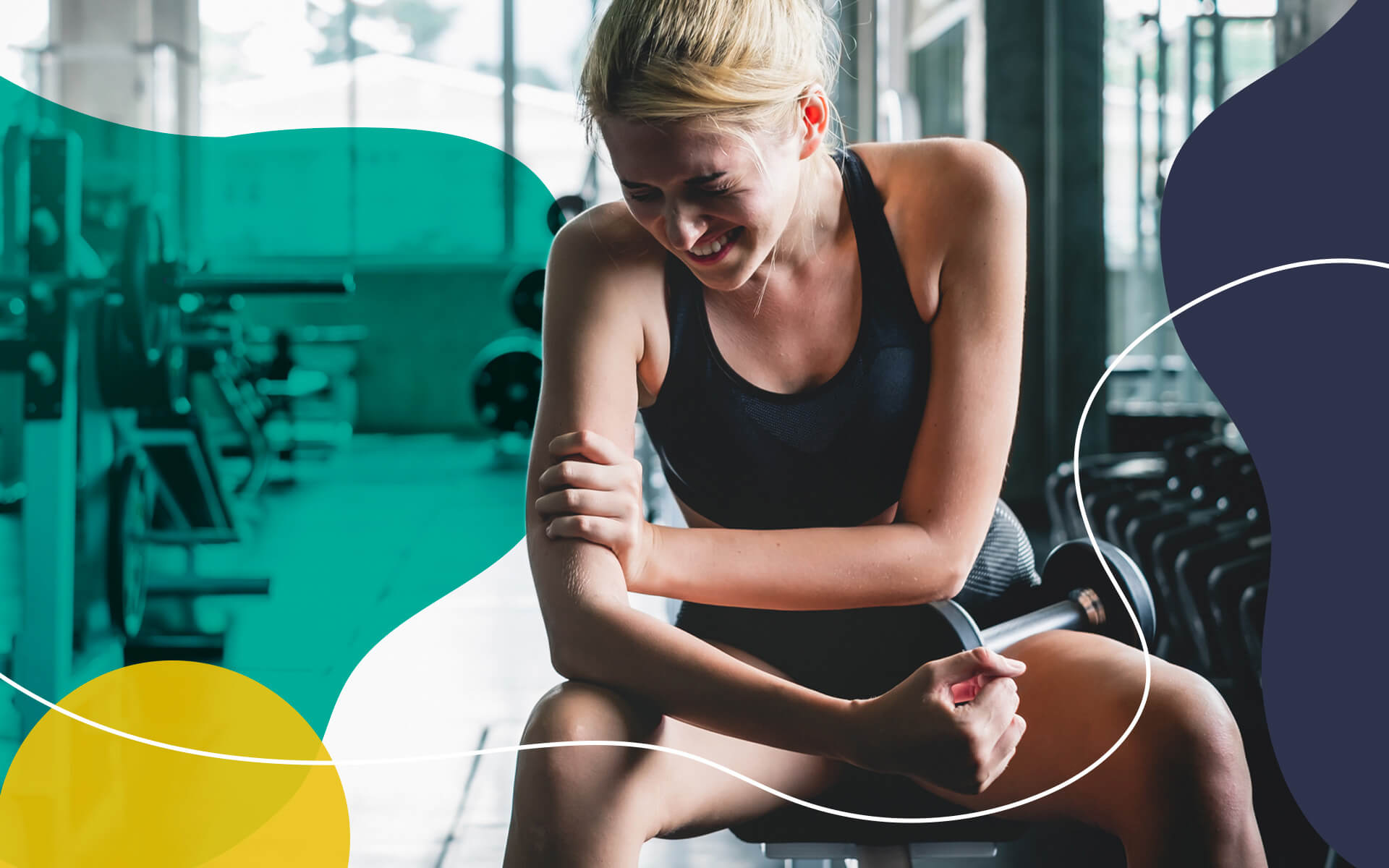
Body + Mind is reader-supported. We may earn an affiliate commission when you buy through some of the links on our site.

If you are an athlete, few things distress you as much as spending time on the dreaded disabled list (DL). However, any fitness program comes with inherent risks. It’s far less stressful and painful to prevent injury in the first place.
You need a degree of mindfulness to recognize when you are pushing too hard and enough education to know how to correct matters. Here are five tips for how to prevent injury during exercise that will keep you in the game.
If you are an athlete on a budget, you might feel tempted to cut corners when it comes to gear. After all, humans exercised well before Nike and Adidas became household names.
However, working out with improper clothing, shoes and protective equipment can land you on the DL. Runners who wear worn-out shoes risk stress fractures, Achilles tendonitis and plantar fasciitis, any of which can make pounding the pavement excruciating.
Likewise, you need protective equipment to participate safely in some sports, like cycling. Traumatic brain injuries can cause considerable physical and mental disability — and affording the necessary ongoing care can turn into an Everest of a problem. Learn how to test the fit of helmets and pads so that they can protect you from falls and collisions.
You don’t hop in your car in the winter without letting it idle for two to three minutes to allow the oil to circulate. Your body might not be made of metal and rubber, but the same physics principles apply. Getting things lubricated before you tackle the heavy lifting protects delicate joints from exercise injuries.
Warming up revs up your cardiovascular system, getting your blood flowing to the joints like oil to engine components. It also reduces your risk of injury by gradually warming your muscles.
Think of your muscle fibers like rubber bands. If they are cold, like you just placed them in a freezer, they’re likely to tear with sharp movements. Gradually loosening them up lets them expand their range of motion.
You might know that so-called “weekend warriors” are more prone to injury. The problem doesn’t come from the activity itself, but rather overexerting yourself during the rush of competition. There’s a reason pro football players train every day, not just Sunday.
Think of your athletic training like walking up to a cliff. You want to approach the edge of your limits, but you don’t want to jump off the edge. Even if you are an experienced fitness buff, it helps to occasionally book a session with a trainer to review your goals and make sure they’re realistic and achievable.
You’re a human being, not a machine. Just because you ran five miles with ease yesterday doesn’t mean you won’t wake up with a bad case of delayed-onset muscle soreness (DOMS) or a mild head cold the next day. Learn to listen to and respect your body and its needs to prevent injury during exercise.
In general, it’s safe to work out if your symptoms stay above the throat, such as with the common cold. However, you might not want to push it as hard — walk instead of run or take a Pilates class instead of doing supersets in the weight room.
If your symptoms include chest congestion or an upset stomach, you should skip your workout for the day. Do the same, please, if you have a fever. The heat can cause excess fluid loss when you already risk dehydration. You might also feel dizzy or off-balance, increasing your chances of injury during exercise.
Are you guilty of racking your hand weights and heading for the hills the minute the HIIT instructor’s music slows down the tempo? If so, you increase your risk of injury from exercise.
After exercising, your heart rate remains elevated, and your blood vessels dilated. Stopping too suddenly can cause you to get dizzy and possibly faint.
Likewise, stretching after exercising helps to purge the lactic acid buildup that occurs with exertion. An excess of this substance can cause muscle cramping and stiffness.
Your muscles and connective tissues are also at the ideal temperature for flexibility work. Remember that rubber band analogy? Take advantage of this time to indulge yourself with a luxurious stretch to calm your central nervous system and ease your way back into the rest of your day.
If you are an athlete, you hate spending time on the disabled list. Learn how to prevent injury during exercise with these five tips.
Your email address will only be used to send you our newsletter, and at any time you may unsubscribe. For more information, see our Privacy Policy.